Curated by Edward Chiu (邱奕堅), Two Kings is the first solo exhibition of Toronto-based photographer Pengkuei Ben Huang (黃鵬魁) to be held in the city of his birth. It officially opens today in Taipei’s 1839 Contemporary Gallery (1839 當代藝廊) in Daan District (大安).
The photos on show document the Kings Regeneration Planning Initiative, which was launched in Toronto, Canada in 1996 to reappropriate 400 acres of unused industrial land located in the southern portion of the downtown area by then-mayor Barbara Hall.
The result has transformed the cityscape, with futuristic condominiums and tech company offices becoming new landmarks in a place that had long been red brick, low-rise and blue-collar.
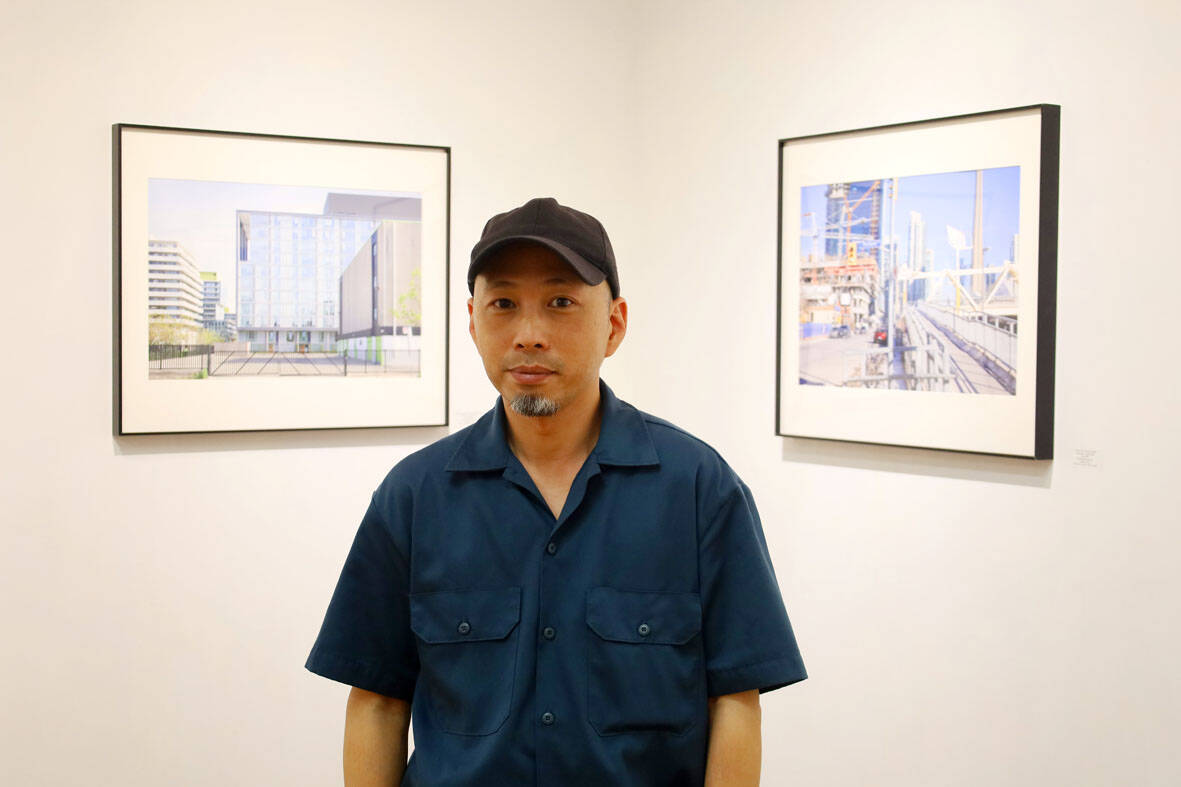
Photo: Thomas Bird, Taipei Times
Huang uses his camera to focus on buildings old and new, derelict or under construction, often situated right next to one another. But what his images also address are pressing social issues such as gentrification, lackluster restoration and income inequality. In a city, and country, with a chronic deficit in affordable homes, the artist raises some important questions.
Describing his work as “a visual reflection of a complex relationship between the need for urban growth and the desire to preserve the characteristics of the past in our modern cities,” Huang tells the Taipei Times, “I hope [Taipei] locals find that there is a common ground, that even though we live in a very different, separate part of the world, there are a lot of similar problems. I don’t think we will find all the solutions but we can at least start a discussion.”
To this end, from 2.30pm until 5pm today, the artist will be in the gallery to talk about his work and answer questions from curators, art critics and members of the public.
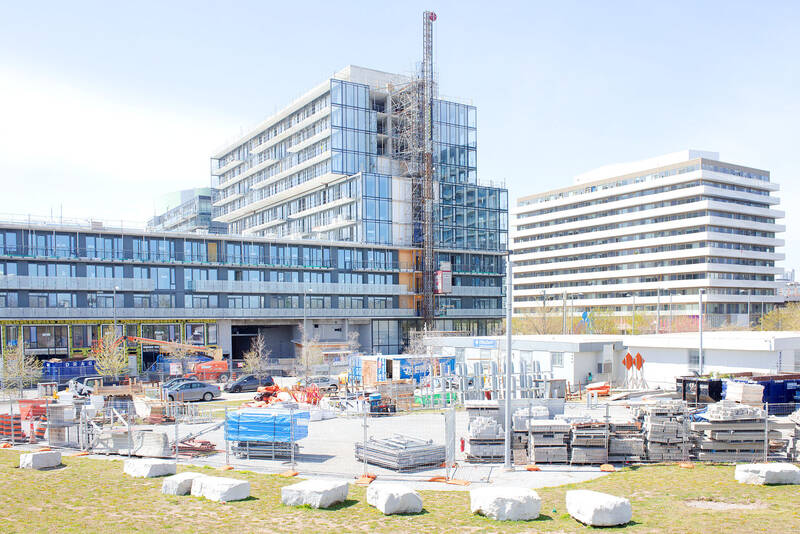
Photo courtesy Pengkuei Ben Huang
LOOKING BACK
“It’s a surprisingly big space,” Huang says as he walks around 1839’s basement gallery assessing his images ahead of the big opening. “You wouldn’t get such a large gallery dedicated to photography in downtown Tokyo, Toronto or any other big city,” he says, acutely aware how urban space in 2024 is at a premium globally.
Huang knows what he’s talking about as he’s certainly been around — by his own admission having lived “the life of an immigrant” who has trouble “staying in one place for too long.”

Photo courtesy Pengkuei Ben Huang
The son of an Indonesian-born Chinese father stuck in Taiwan due to the anti-Chinese policies of the repressive Suharto regime, and a mother from a military family that had fled from China to Taiwan in 1949, Huang’s wayfaring genes were inherited from both his parents.
“I grew up in what is now New Taipei City. When I was nine, we moved to the east side of Taipei and when I was 12 we moved to Jakarta, Indonesia where we stayed for a few years. Then my parents sent me to California to go to school.”
It was while studying for a degree in international politics that Huang discovered his passion for photography.
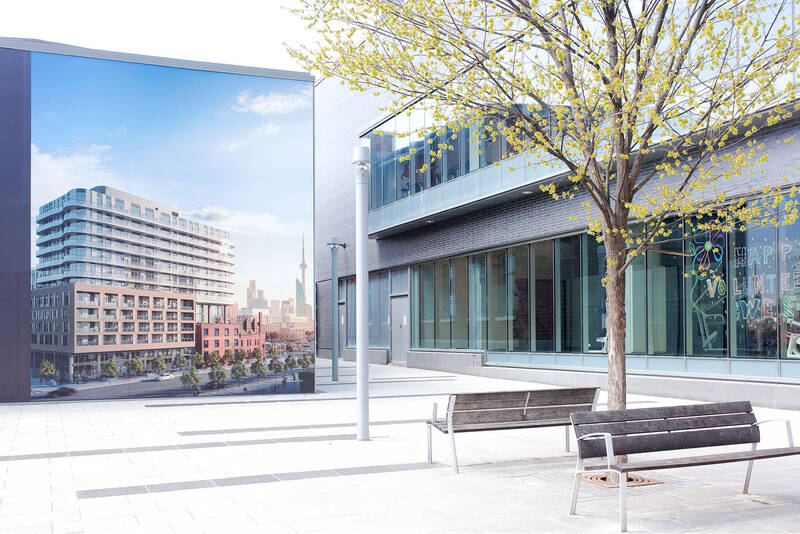
Photo courtesy Pengkuei Ben Huang
“I bought a disposable camera and took a trip around San Francisco. I used the whole film shooting the city.”
The experience inspired him to enroll in some photography classes.
“The course required me to buy an SLR camera for US$300. After that, I changed my major and my university. I thought, well, I’ve already invested this much, might as well just jump in.”
Huang became an enthusiastic shutterbug while studying at the Academy of Art University in San Francisco. He began to imagine for himself a future career in commercial photography or photojournalism, until a trip to Los Angeles changed his tack.
“I went to see the New Document exhibition, which featured the work of three highly influential American photographers Diane Arbus, Lee Friedlander and Garry Winogrand,” Huang says.
After witnessing the power of photography as creative tool, Huang’s camera was refocused on making contemporary art.
In 2005, Huang’s next move, after graduating with a BFA, was northward to Canada.
“I lived in Vancouver for three years just trying to figure things out. In 2007, I joined a workshop in Toronto organized by Magnum Photos. I was mentored by [photographer and poet] Larry Towell. He really liked my work Fantasyland, which I made about a theme park.”
The mentorship paid off — he was a finalists for The Scotiabank Prize, Fantasyland was published as a photobook and Huang began getting invited to exhibit his work. He relocated to Toronto, which he has made “a base” ever since, and where he is currently represented by Elaine Fleck Gallery. But it would take the pandemic before he would seriously train his lens on his adopted hometown.
A FACADE
“Since 2011, I’d been regularly travelling to and from Japan photographing the devastation of the Tsunami and how small towns have been recovering,” he tells the Taipei Times of a photo project called Coastal Mammoth: The Great Seawall of Japan.
When COVID-19 brought the curtain down on international travel, Huang began looking closer to home for a subject and found it along the Kings Street corridor (east and west), an area facing Toronto Harbor he says he’s passed through many times but never really looked at.
“The city’s chief planner Paul Bedford was influenced by urban theorist Jane Jacobs,” Huang says. “Under the initiative, the area was envisioned to be a thriving mixed-use community.”
The verdict is out on whether the scheme has been a success. It certainly has turned “an industrial wasteland” into a much sought-after piece of real estate. But there’s ongoing debate in Canada about the loss of old buildings, as well as the price of new housing that has replaced old waterfront warehouses and disused factories with glassy high-rises.
“Sometimes all they keep is the facade of a heritage building. They demolish it from the inside out,” Huang says. “And a one-bedroom condominium will cost about one million Canadian dollars [NT$23.8 million].”
Emboldened by the absence of people out on the street during the pandemic, Huang went out photographing in the middle of day — the white light and absence of shadows giving each image a stark, artificial, almost magazine-like quality.
“I do almost no post-production,” he says, proud of his minimalist stripes. “I took the experience from studying street photographers, of walking around and just shooting. But at the same time, I do remember in school we were required to actually work with the large format camera. So I also took that approach.”
The result is a series of images that illuminate “the city in transformation” as Huang puts it, as well as illustrating “a clash, or a fusion of the modern and the past.”

Taiwan can often feel woefully behind on global trends, from fashion to food, and influences can sometimes feel like the last on the metaphorical bandwagon. In the West, suddenly every burger is being smashed and honey has become “hot” and we’re all drinking orange wine. But it took a good while for a smash burger in Taipei to come across my radar. For the uninitiated, a smash burger is, well, a normal burger patty but smashed flat. Originally, I didn’t understand. Surely the best part of a burger is the thick patty with all the juiciness of the beef, the
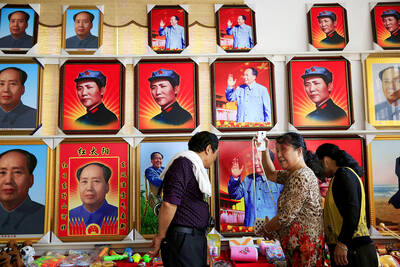
The ultimate goal of the Chinese Communist Party (CCP) is the total and overwhelming domination of everything within the sphere of what it considers China and deems as theirs. All decision-making by the CCP must be understood through that lens. Any decision made is to entrench — or ideally expand that power. They are fiercely hostile to anything that weakens or compromises their control of “China.” By design, they will stop at nothing to ensure that there is no distinction between the CCP and the Chinese nation, people, culture, civilization, religion, economy, property, military or government — they are all subsidiary
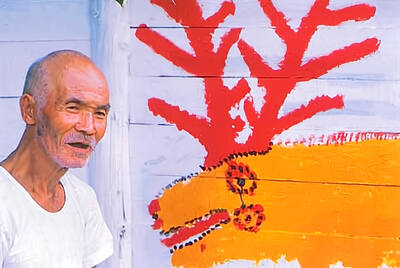
Nov.10 to Nov.16 As he moved a large stone that had fallen from a truck near his field, 65-year-old Lin Yuan (林淵) felt a sudden urge. He fetched his tools and began to carve. The recently retired farmer had been feeling restless after a lifetime of hard labor in Yuchi Township (魚池), Nantou County. His first piece, Stone Fairy Maiden (石仙姑), completed in 1977, was reportedly a representation of his late wife. This version of how Lin began his late-life art career is recorded in Nantou County historian Teng Hsiang-yang’s (鄧相揚) 2009 biography of him. His expressive work eventually caught the attention

This year’s Miss Universe in Thailand has been marred by ugly drama, with allegations of an insult to a beauty queen’s intellect, a walkout by pageant contestants and a tearful tantrum by the host. More than 120 women from across the world have gathered in Thailand, vying to be crowned Miss Universe in a contest considered one of the “big four” of global beauty pageants. But the runup has been dominated by the off-stage antics of the coiffed contestants and their Thai hosts, escalating into a feminist firestorm drawing the attention of Mexico’s president. On Tuesday, Mexican delegate Fatima Bosch staged a